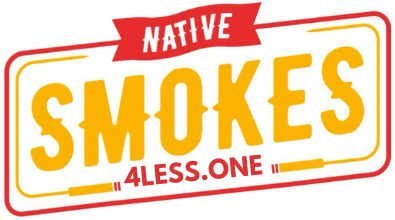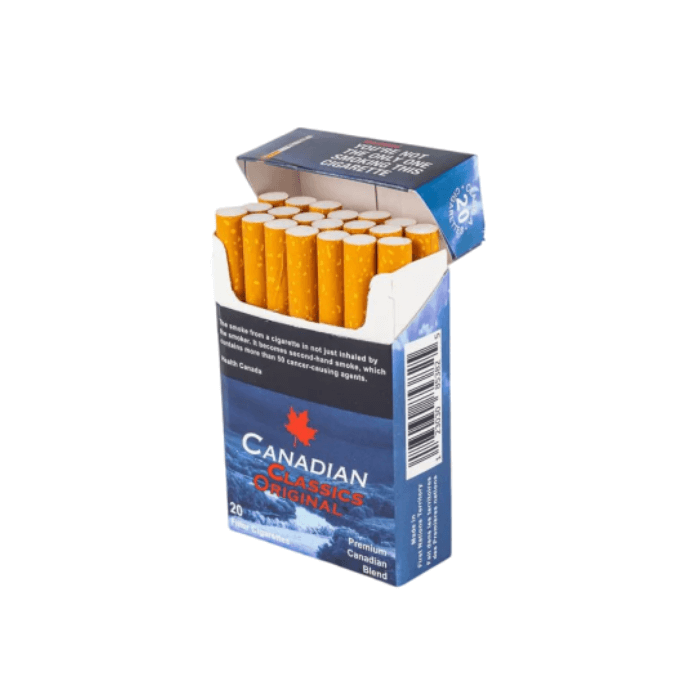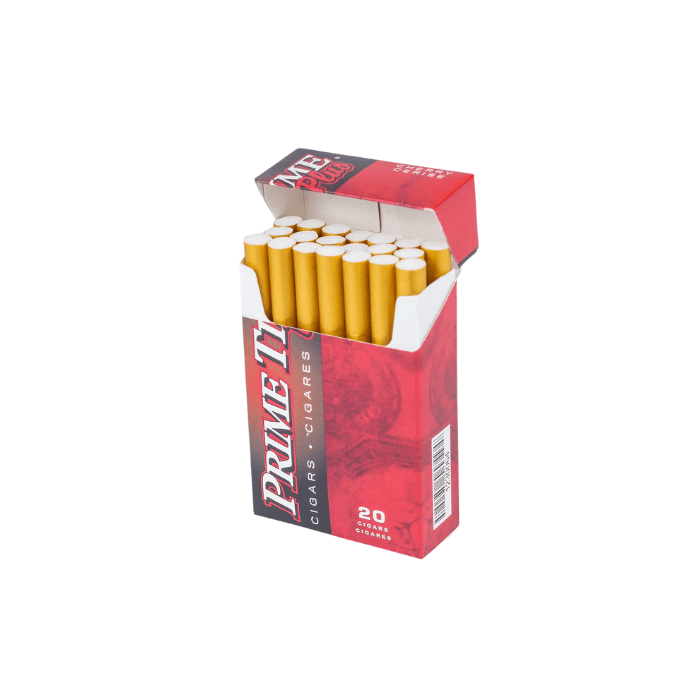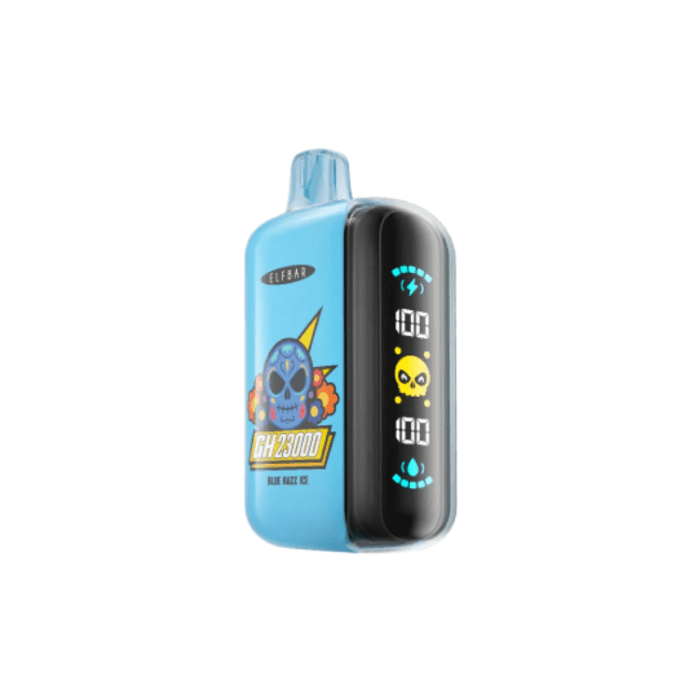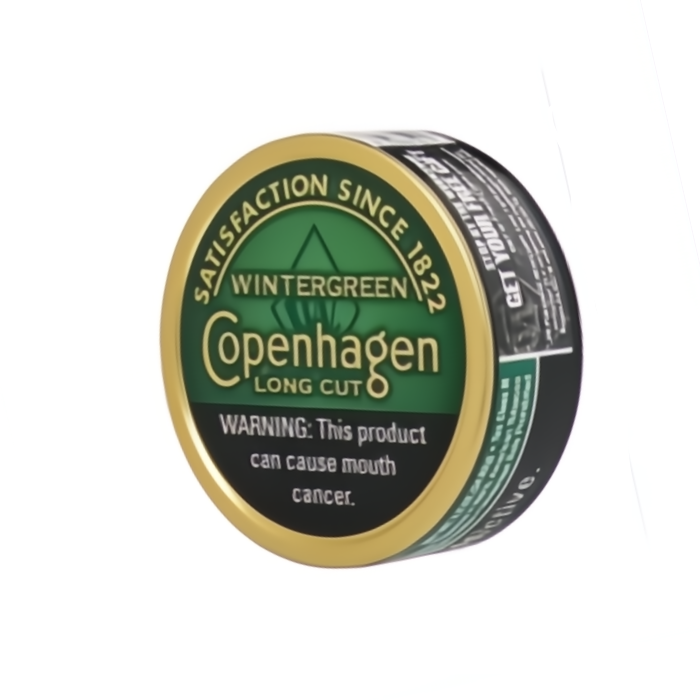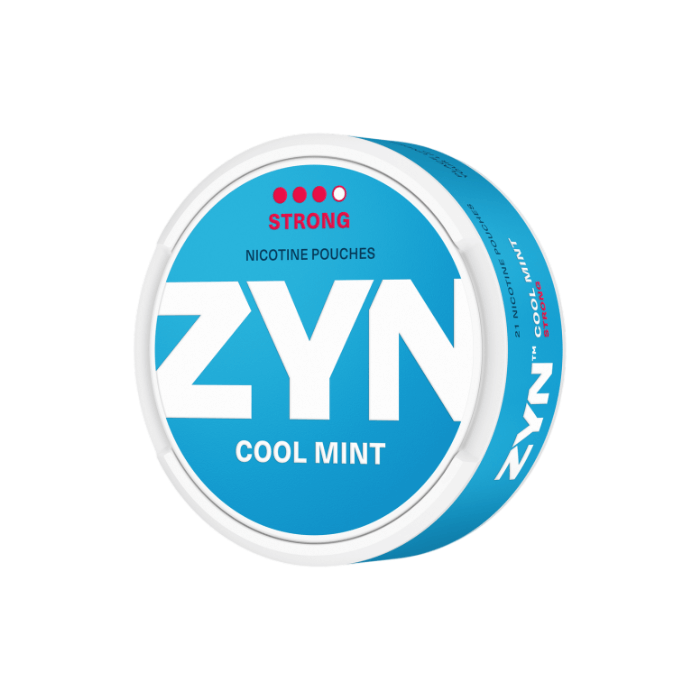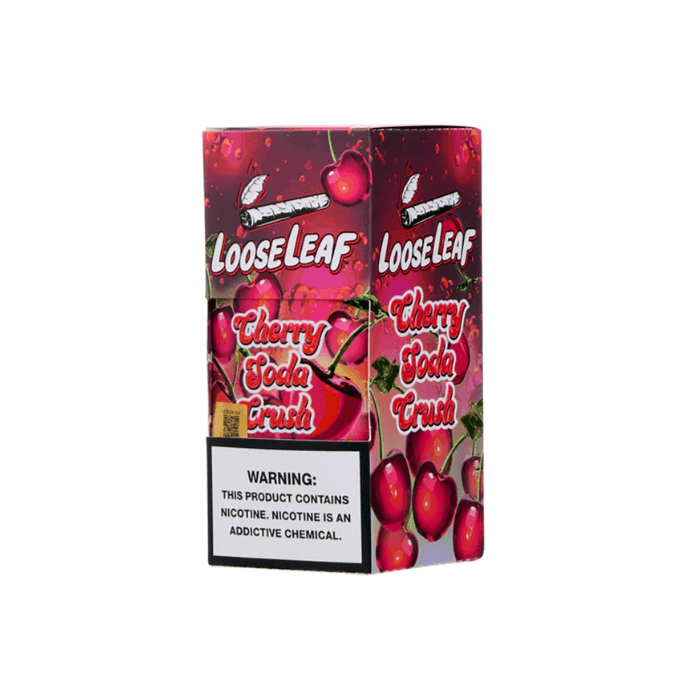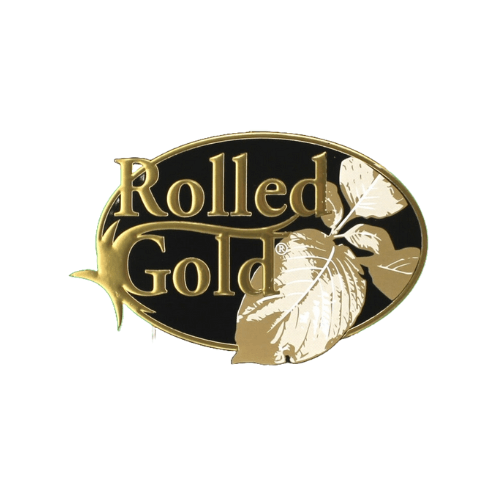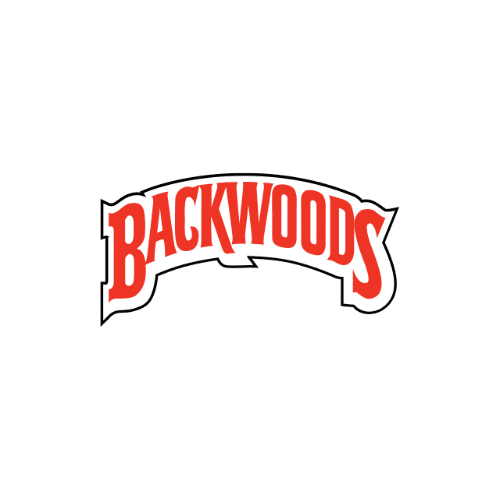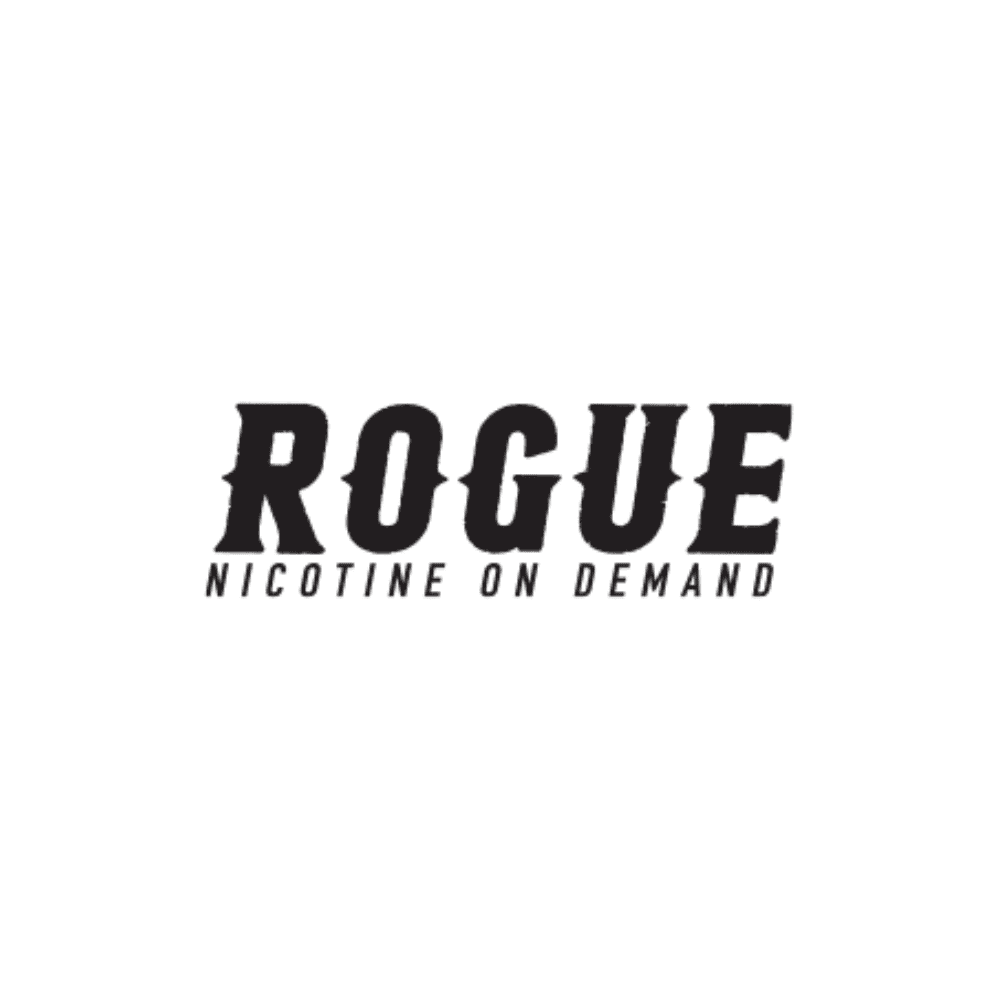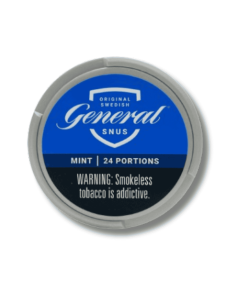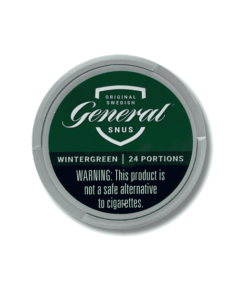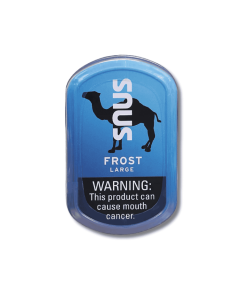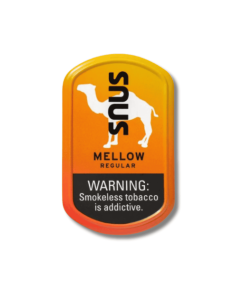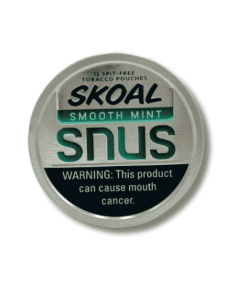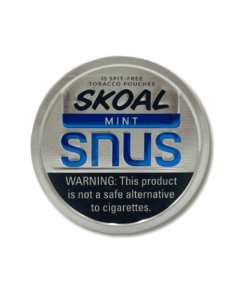Comparisons, Snuff, Snus
Snus vs Snuff: What’s the Difference?
If you’ve ever stood in front of a tobacco shop counter in Canada and spotted tins labelled “snus” and “snuff,” you’ve probably had that split-second of confusion — kind of like seeing two strangers who look related but clearly have different personalities. They sound similar, they both come from the world of smokeless tobacco, and yet, they’re not the same thing at all.
That’s exactly what we’re diving into today — except we’re not just going to gloss over the details. We’re going to unpack the history, the quirks, and the very different personalities of snus and snuff.
Snus vs Snuff
Both snus and snuff fall under the broader tobacco category, but they have very different personalities once you get into the details. Snus — especially portion snus — is made from nicotine derived from high-quality tobacco that’s been pasteurized, giving it a smoother character and often lower levels of tobacco specific nitrosamines compared to some other tobacco forms. It’s designed to sit neatly under the upper lip, slowly releasing nicotine without the need for spitting. For some snus users, this makes it a discreet option in public spaces. Snus pouches keep everything tidy, unlike snus in its loose form, which takes a bit more shaping before use.
Snuff, on the other hand, can be a moist powder placed in the lower lip (like dipping tobacco) or a dry, finely ground form taken through the nasal cavity. Moist varieties often increase saliva production, which can lead to excess saliva and the need to spit — something snus avoids almost entirely. Dry snuff delivers nicotine via the nasal lining instead of the mouth, creating a much faster hit.
Risk Profiles
When comparing snus products to snuff, epidemiological data from some European countries suggests that snus safer claims are usually about reduced smoke-related diseases, not the absence of risk. Snus may lower exposure to certain combustion-related toxins, but it still contains nicotine, which can be addictive and influence cardiovascular disease risk. Long-term snus users may have lower rates of lung cancer compared to smokers, but there’s still the possibility of gum disease, irritation to the oral mucosa, and other health effects.
Snuff has its own profile of potential problems. Moist forms, which sit in the lower lip, may increase the chance of pharyngeal cancer and other oral health concerns. Dry nasal varieties have been linked in some studies to an increased risk of cancers in the nasal cavity. And while some people turn to either snus or snuff as a cessation aid when quitting cigarettes or even e cigarettes, they’re still tobacco products — meaning they’re not free from tobacco related risks.
Taste and Experience
From a user experience standpoint, snus leans toward controlled, measured nicotine delivery, especially in portion snus. You can choose from flavours ranging from traditional tobacco profiles to mint, bergamot, or even coffee, and the portion format helps keep the dose predictable. Snuff offers more variation in nicotine absorption speed. A nasal pinch of dry snuff hits hard and fast, while a lip-packed moist powder version is more gradual — though it does come with the challenge of excess saliva management.
For many Canadians trying to compare them, the decision often comes down to lifestyle fit. If you want something discreet and mostly spit-free, snus — particularly portion snus or modern nicotine derived alternatives — might feel like the cleaner choice. If you want tradition, ritual, and a stronger, more immediate impact, snuff’s variety of formats might be more your style. Just remember: “snus safer” doesn’t mean “safe,” and both carry health effects worth keeping in mind.
Types of Snus
Snus might be part of the broader smokeless tobacco products family, but it’s got its own subculture of varieties. The most traditional form is loose snus, which is essentially moist, ground tobacco shaped by hand into a small pillow and tucked under the upper lip. It’s the OG method of snus use, and while it requires a little more prep, some users swear the taste and feel are worth it.
Then you’ve got portion snus — pre-packed, pouch-style servings that take away the hassle of shaping your own portion. These come in “original” portions, which are slightly moist for a quicker flavour release, and “white” portions, which are drier on the outside to drip less. Both still deliver solid nicotine content, just in a more controlled way. The pouch format has made snus use more discreet and portable, especially for people who want a clean, predictable experience.
There’s also a growing wave of American snus, which is typically a bit sweeter and milder in flavour compared to its Swedish cousin. While Swedish snus is steam pasteurized to control bacteria and stabilize flavour, many American snus products take inspiration from that method but tweak the taste to match North American preferences.
And let’s not forget the modern twist: tobacco-free nicotine pouches. These aren’t technically snus since they don’t contain actual tobacco leaf, but they mimic snus use so closely that many users treat them the same. They can be flavoured in ways traditional snus can’t, and for some, they offer a cleaner-feeling option — though “cleaner” doesn’t mean risk free. The nicotine content still varies from light to strong, and the effects on your body are the same as with other nicotine products.
Types of Snuff
Snuff is another member of the smokeless tobacco products family, but it’s a bit more scattered in how it’s prepared and used. The two main camps are dry snuff and moist snuff.
Dry snuff is a very fine, powdery tobacco that’s often made from fermented leaf and ground down into fine particles. It’s taken by sniffing gently into the nose, delivering nicotine through the nasal lining. The flavours can range from earthy and smoky to floral or even menthol-infused. While it’s less common in Canada today, it still has a dedicated following in certain pockets of Europe and the southern U.S.
Moist snuff — known to many as dip — is ground tobacco with a higher moisture content, placed between the lip and gum. This style has a long tradition in North America, especially in rural and working-class communities. Unlike snus, moist snuff often requires spitting, which makes it less discreet. Still, its nicotine content can be intense, which appeals to users who want a strong, fast hit.
There are also hybrid varieties and regional quirks, from coarse-ground moist blends to highly aromatic dry powders. The key difference between snus and snuff isn’t just in texture — it’s in how each interacts with the body. Snuff can have a faster nicotine kick because of its particle size and contact point, while snus use delivers a slower, steadier release.
Like snus, none of these options are risk free. The nicotine in snuff — regardless of fine particles or moisture level — still has an impact on the body, and the traditional forms still contain the compounds linked to long-term tobacco health risks.
Key Differences
When you line up snus and snuff side by side, they might look like they’re part of the same family of smokeless tobacco products, but they’re very different in personality. Think of them as cousins who grew up in different countries, picked up different habits, and now only meet at weddings.
Snus, especially Swedish snus, is made from cured and fermented tobacco that’s pasteurized rather than left to age naturally. This stops bacterial growth, keeps it fresh longer, and delivers a more stable nicotine experience. It’s typically portioned in small pouches that sit neatly under your upper lip, releasing flavour and nicotine slowly without the need for spitting. You can also find loose snus, which is more traditional and lets you shape your own portion. In Canada, snus and nicotine pouches have been gaining popularity because they’re discreet, easy to carry, and often come in tobacco free snus versions for those who want the experience without actual tobacco leaves.
Snuff, on the other hand, takes multiple forms. Dry snuff — made from finely ground tobacco — is sniffed gently into the nose, delivering flavour and nicotine through the nasal passages. This type of nasal snuff has a long history in Europe, where ornate snuff boxes were once a status symbol. Then there’s moist snuff, known in Canada and the U.S. as dipping tobacco or “dip.” Made from fermented tobacco leaves, it’s placed between the lip and gum. It can be more intense, often with a strong tobacco flavor, but it also comes with the less discreet habit of spitting — something not everyone appreciates in public.
Another big difference is in moisture content and preparation. Snus is pasteurized and ready to go right out of the can. Many forms of snuff, especially loose leaf or loose tobacco styles, require a bit more handling. And while snus is almost always a form of smokeless tobacco designed for the upper lip, snuff is more versatile in how it’s used — nasal, oral, and even as moist snuff for long-lasting flavour.
The nicotine delivery also varies. Snus provides a steady release, much like nicotine gum but with that rich snus profile. Snuff can hit faster, especially nasal varieties, thanks to its finer grind and the way it interacts with the oral mucosa or nasal membranes. The result is two very different user experiences, even though they technically sit on the same shelf of oral tobacco products.
Health Impacts
When it comes to health risks, both snus and snuff fall under the category of smokeless tobacco, and that means there’s no free pass. They’re often seen as alternatives to smoke cigarettes, but they still contain nicotine — sometimes at levels comparable to or higher than traditional tobacco products. Nicotine is addictive regardless of the source, whether it’s from snus tobacco, synthetic nicotine, or naturally cured tobacco.
The big difference in health impact starts with how each product is used. Snus sits under the upper lip, delivering nicotine through the oral mucosa without combustion. That means you’re avoiding smoke-related harm, but you’re still exposing your mouth to nicotine and, in the case of tobacco-based snus, certain chemicals found in fermented tobacco leaves. Some research suggests snus may carry fewer risks than burning loose leaf or inhaling powdered tobacco, but “fewer” doesn’t mean “none.”
Snuff, especially dry snuff, delivers nicotine through the nasal lining, which can cause irritation for frequent tobacco users. Moist tobacco forms, like as moist snuff or spit tobacco, keep nicotine in contact with the gums for extended periods, which can lead to gum recession or changes in the oral mucosa over time. This is one of the newly identified health risks Canadian officials and experts keep an eye on, as prolonged exposure to certain chemicals in fermented tobacco leaves may increase the risk of specific tobacco related disease.
For those using nicotine pouches or other oral tobacco products without actual tobacco leaf, the main concern remains nicotine dependence. Tobacco free snus, chewing tobacco, and synthetic nicotine pouches remove the tobacco leaves from the equation, but the addictive nature of nicotine and its effects on the heart and blood vessels remain.
It’s also worth noting that smokeless tobacco use can affect more than just your gums or nasal lining. Regular tobacco use in any form may raise blood pressure, affect oral health, and increase the chance of dependency. While switching from classic cigarettes to snus might help someone cut down on smoke exposure, it’s not the same as quitting nicotine altogether.
So, if snus is the cleaner, tidier form of smokeless tobacco, and snuff is the more rugged, traditional one, both still play in the same league when it comes to nicotine delivery and health impact. The method changes, but the health risks remain worth considering for any tobacco users looking for alternatives to smoking.
Frequently Asked Questions
Is snus the same as snuff?
No. Snus is a pasteurized smokeless tobacco product, usually in pouch form and placed under the upper lip, while snuff can be either dry and inhaled through the nose or moist and placed in the lower lip.
What’s the difference between moist snuff and snus?
Moist snuff is a fermented tobacco product typically placed in the lower lip and often requires spitting. Snus, especially portion snus, is steam-pasteurized, used under the upper lip, and designed to be spit-free.
Is snus healthier than snuff?
Some research suggests snus may carry fewer smoke-related risks compared to snuff, but neither is risk free.
Summary
So, after peeling back the layers on snus and snuff, it’s clear they each have their own style, history, and way of delivering nicotine. Snus is neat, discreet, and low on mess. Snuff can be bold, fast-hitting, and deeply traditional. Both have their place in the world of smokeless tobacco products, and both come with their own experiences.
Now here’s the part that matters: if you’re in Canada and want the real deal — the freshest snus products, the richest snuff, and even modern nicotine pouches — you don’t need to waste your time bouncing between overpriced convenience stores and sketchy online shops. NativeSmokes4Less is where you get quality tobacco and nicotine products without the inflated price tags.
We’ve built our reputation by being reliable, consistent, and completely committed to giving Canadians access to the products they actually want. Skip the guesswork, skip the middlemen, and get your snus, snuff, and other nicotine favourites straight from NativeSmokes4Less!
